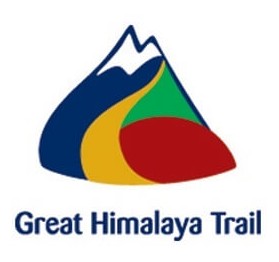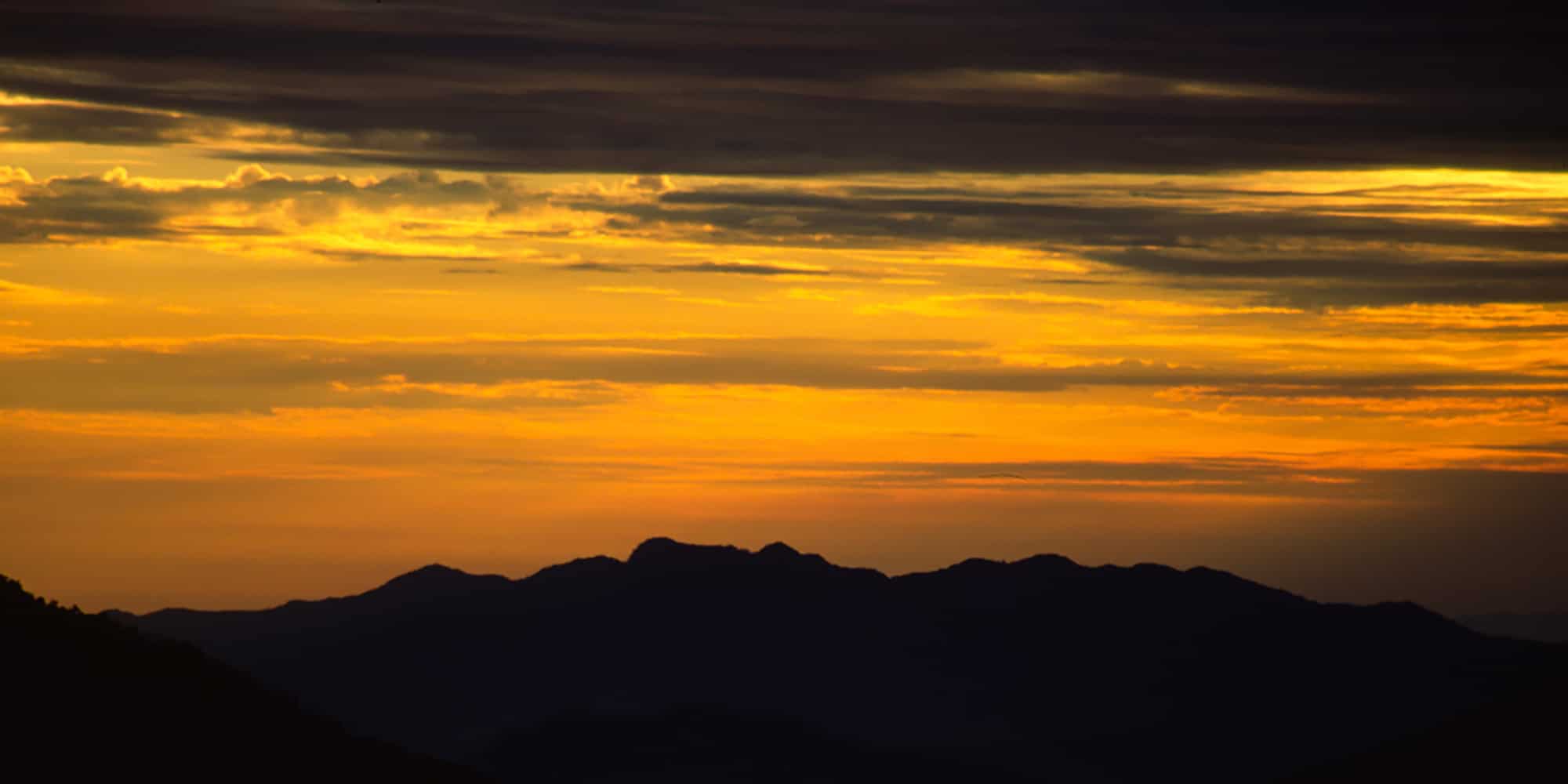Rescue and Emergency
Everyone needs a rescue and emergency plan. It is really not a good idea to rely on rural health posts in the Himalaya as they cannot provide the emergency care that you take for granted back home. If an emergency occurs you must evacuate the patient by either land, or at times of a life-threatening emergency, by rescue helicopter. Some tourists are wealthy enough to pay for non-medical evacuations and if you choose this option you must explain that it is a not life-threatening situation.
Stay Connected
Telecommunication options (see Security and Communication) are expanding across the Himalaya year by year. Now it’s rare that you won’t have a mobile signal for a few days, but you should carry a satellite phone system just in case. It is essential that you confirm emergency contact details before you start your trek. It is wise to have a clear idea of the costs of a rescue before you start your trek. You may also need to organise a method of payment in Kathmandu and obtain permission from the relevant insurance company prior to rescue.
Rescue Protocol
When you make an emergency call you must relay the following to your trekking company and the pilot of the helicopter:
- Degree of urgency: Most Immediate means death within 24 hours; As Soon As Possible is used in all other cases.
- The patient’s present location or, if the patient is going to be moved, where to and how quickly. You should provide a latitude, longitude and altitude if possible, alternatively a map reference with publisher’s name and title, and give as many local details as possible.
- Name, age, sex, nationality, passport number, visa and permit details, trekking agency name and contact details, and any other relevant contact details (family, embassy, etc).
- Medical information, including sickness or injury details, and any special requirements for the rescue, eg is supplementary oxygen or neck brace required?
- Is a doctor present or does one need to come in the helicopter to administer treatment prior to and during the flight?
- The names, ages, nationalities and sex of all the people who need to be evacuated.
- The name and organisation of the person who is going to pay, and the method of payment. Most helicopter charter companies will only fly once a payment guarantee has been provided in writing or paid in cash in Kathmandu.
Rescue and Emergency Helicopters
A rescue may take a number of days to organise, especially if the weather is bad. Wait until 10 or 11am each day before moving the patient to give the helicopter a chance of arriving when the weather is normally clearest. In each cleared landing location mark your location with a large emergency orange ‘X’ – you may need to light a large smoky fire if it’s hard to spot your location from above.
Try to make a windsock and a signal mirror, which should be used with great care. If you are signalling to a helicopter stand at the end of the landing site with your back to the wind and wear brightly coloured clothing. As the helicopter prepares to land remove the ‘X’ marker.
Do not signal a helicopter if you cannot direct it to the victim or you are not directly involved in a rescue.
Do not approach the helicopter until indicated to do so, and only approach from the front.
If the worst should happen and a porter or trekker dies you will probably have to charter a helicopter to transport the body; domestic airlines will refuse transport. It is best to organise a cremation and have it witnessed by at least one senior local, perhaps a village chairman, policeman or teacher; they should not be associated with anyone in your group. Record all personal possessions and details if known and have at least one witness sign to the effects. There are many logistical issues facing the transport of bodies to Kathmandu and then out of Nepal; if you need to do this, contact your embassy.
Please keep a record of the above information in a safe place!
Now it’s time to get to know the communities who will be hosting and caring for you while on your trek – GHT Ethnic Groups.

